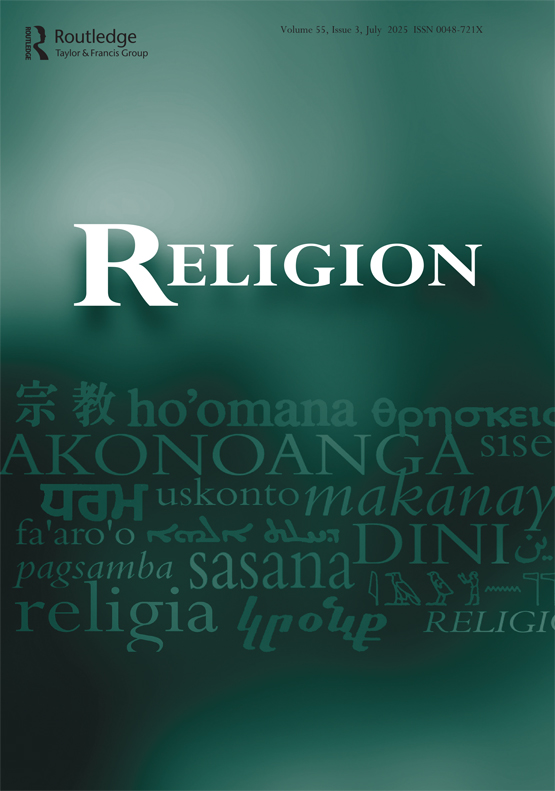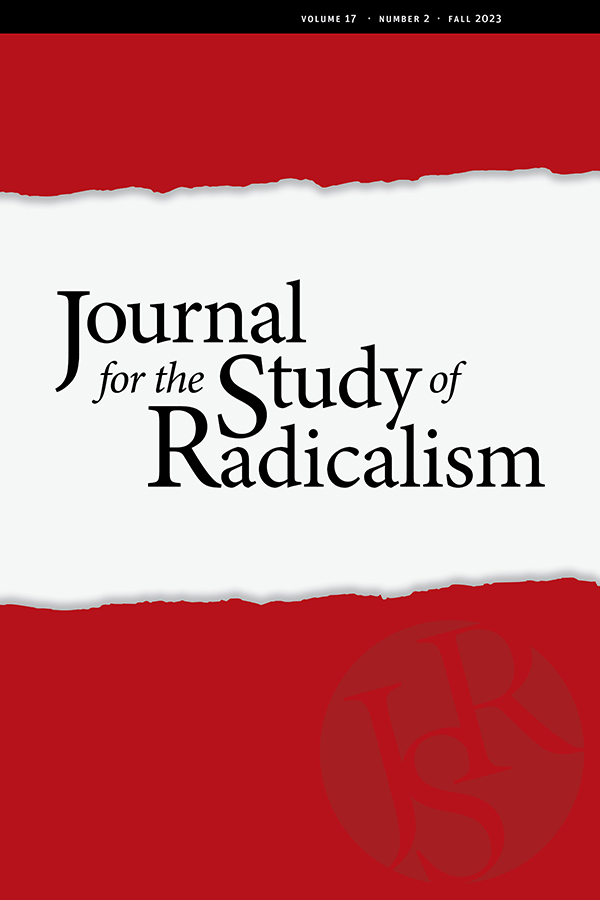

Despite its secular origins, AI deeply intertwines with religious narratives, practices, and meaning-making processes, according to an introductory article in a special thematic issue of the journal Religion (July) on this topic. In the introduction to the issue, which offers several case studies on the intersections between this new technology and religion, Boris Rähme (Fondazione Bruno Kessler, Trento, Italy) and Inken Prohl (Heidelberg University, Germany) develop the concept of “formations analogous to religion” as a framework for analyzing AI’s religious and cultural implications. This concept describes hybrid phenomena that combine both religious and secular elements while constituting something new. The authors argue that AI’s cultural significance is heavily mediated through religious language and symbolism. Tech leaders like Sam Altman refer to AGI (artificial general intelligence) as a “magic intelligence in the sky.” Such religious rhetoric serves both promotional and mystifying functions.
Rähme and Prohl identify three key points of convergence in current AI-religion scholarship: the mystification of AI in narratives and discourses, which can obscure ethical issues and reinforce power imbalances; the integration of AI into religious practices, which can lead to novel formations analogous to religion; and the re-enchantment of the digitally suffused world via AI’s perceived autonomy and agency, which creates new modes of human heteronomy. The article synthesizes existing scholarship by looking at two issues within the AI-religion intersection: how religious actors engage with AI technologies, and how AI itself becomes an object of religious meaning-making. AI’s integration into religious practices is illustrated by the adoption of AI-based technologies by some religious institutions (e.g., chatbots and humanoid robots, particularly in Japan, for use in religious settings), AI-enhanced religious apps (e.g., mindfulness, Bible study, or spiritual optimization apps), and other uses.
AI as an object of religious meaning-making is found in discourses about AI as the path to mankind’s salvation, narratives closely aligned with posthumanist and transhumanist thought, or the perception of AI as a source of knowledge, creativity, and even meaning-making (with the development of generative AI). According to the authors, the intersection of AI and religion represents a particularly timely area of inquiry, fundamentally challenging established sociological concepts and raising profound questions about human agency and societal accountability. AI directly challenges Max Weber’s concept of the “disenchantment of the world.” One can also observe the erosion of human autonomy through “chosen” delegation. Humans elect to delegate complex decision-making to opaque systems. While this choice may appear rational for efficiency or convenience, it carries profound long-term consequences for human agency and critical thinking. For more information about this issue of Religion, visit: https://www.tandfonline.com/journals/rrel20

The current issue of the Journal for the Study of Radicalism (Vol. 18, No. 2) devotes over 100 pages to the Order of Nine Angels (ONA), a violent occult neo-Nazi group whose murky development defies easy summary (either by RW or probably even AI). The difficulty of knowing how the group started and where it is headed is integral to its occult nature, even though ONA did go mainstream and public in 2020 and then again in 2023 during trials of its followers engaged in terrorism. With few complete studies of the group, author Andrew Palella characterizes it as drawing on occult neo-Nazism, but also Satanist and extremist Islamic concepts and practices, including training in armed warfare, in its drive to destroy Western society. This amalgam came together during the 1970s under its founder David Myatt, who is said to also go under the name Anton Long (which Myatt denies). Myatt claims he has no connection with ONA, but by conducting a textual analysis of his translations of occult texts and the writings of Long, Palella argues that they are one and the same person.
Most articles on ONA cite its terrorist and “neo-fascist” identity that aligns it with a host of other extremist, neo-fascist groups. Rather than being based in anti-Semitism like other neo-Nazi groups, ONA condemns Israel, the U.S., and the West in general for leading a “de-evolutionary” path away from elite cultural, racial, and spiritual progress (called the “Galactic Imperium”). The author argues that the spiritual and occult components are essential in trying to make sense of ONA’s intended and self-consciously “labyrinthine” trajectory. He writes that ONA’s violent aspects are at its “obscured inner-core,” masked by other esoteric teachings, fiction, poetry, and artwork found in its 10,000-page Labrynthos Mythologicus. Myatt has moved in and out of extremist Islam and even the far right, allegedly now rejecting violence, but the “mythos and politics of the Order of Nine Angels lives on with or without him,” Palella writes. The vast output of the ONA continues to initiate followers into what is called the esoteric “Seven-Fold-Sinister Way,” whose final destination can result in lone-wolf terrorist and criminal actions, evident in recent violent incidents in Canada, the UK, and Russia. The ONA was implicated in a failed plot to destroy Maryland’s economic infrastructure in 2023. Whatever its organizational fate, Palella concludes that ONA is “not a centrally organized group or network but rather a unique and extremist modern esoteric tradition, and a virulently reproducing idea could never be designated as such.” For more information on this article, visit: https://msupress.org/journals/journal-for-the-study-of-radicalism/